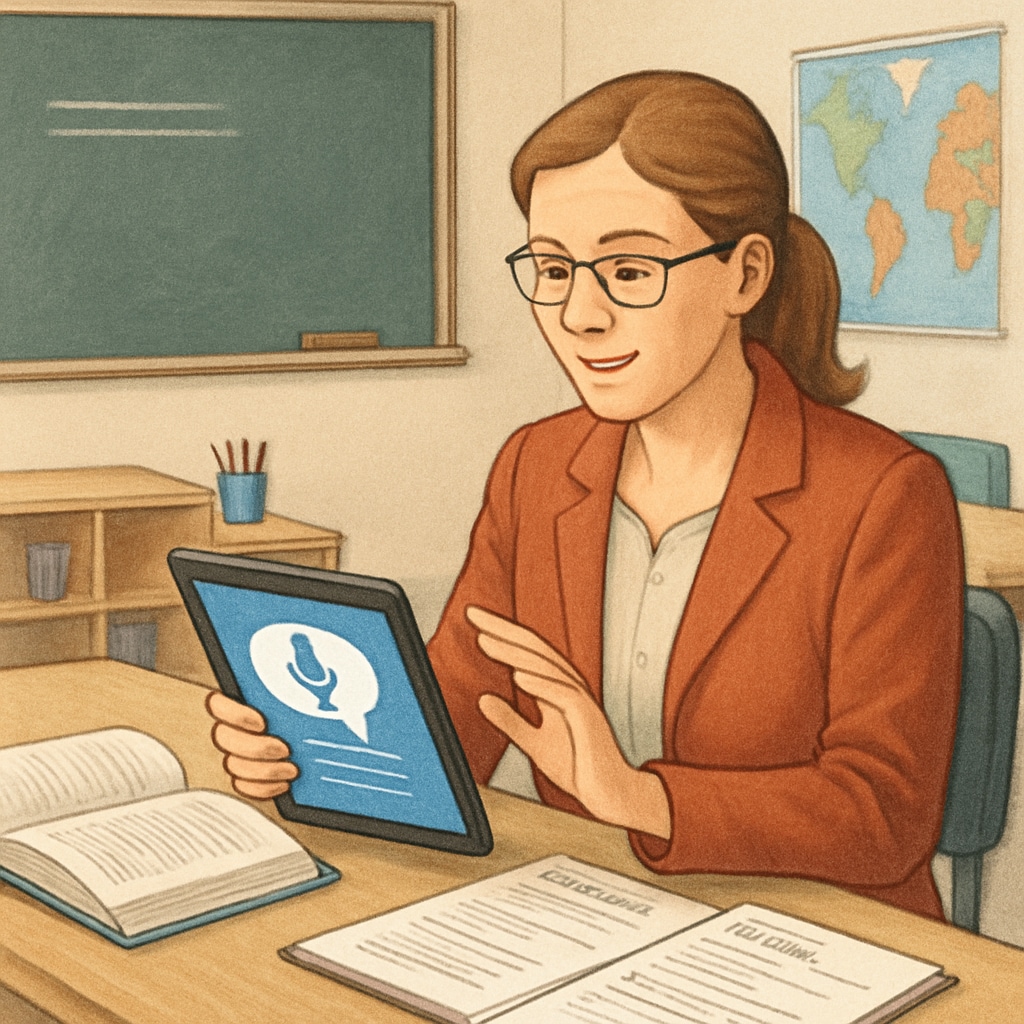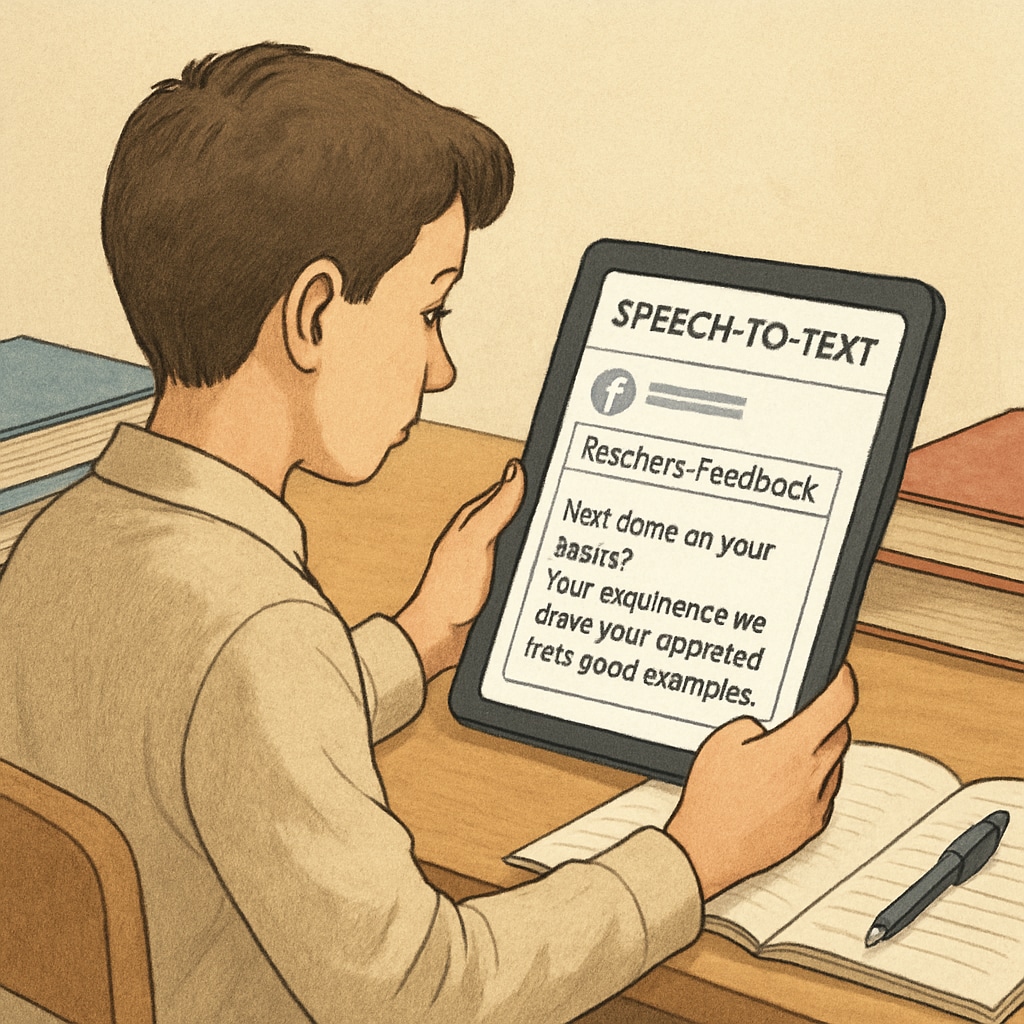In an ever-evolving educational landscape, technology is increasingly becoming a vital part of the classroom. Tools like WillowVoice, a cutting-edge speech-to-text platform, are helping educators streamline their work, enhance education efficiency, and improve the quality of teaching feedback. By minimizing administrative burdens, these tools allow teachers to dedicate more time to their core mission—student learning and engagement.
How Speech-to-Text Technology is Reinventing Teacher Workflows
The daily responsibilities of a K12 educator extend far beyond classroom instruction. Grading assignments, preparing lesson plans, and providing personalized feedback are time-consuming tasks. Speech-to-text technology, such as WillowVoice, is revolutionizing these workflows by offering a faster and more efficient way to manage documentation. For example, teachers can use their voice to dictate notes, grade papers, or create lesson transcripts, cutting down the time spent on these tasks significantly.
Moreover, this technology is highly accurate, with advanced algorithms that can recognize various accents and speech patterns. By reducing manual typing and ensuring error-free transcription, educators can maintain higher productivity levels and focus on their students’ needs. According to Wikipedia, speech recognition technology has become increasingly robust, making it a reliable choice for educational contexts.

Improving Feedback and Engagement with Speech-to-Text Tools
One of the most critical aspects of teaching is providing timely and constructive feedback. Traditional methods of written feedback can be tedious and may lack the immediacy students need for effective learning. Speech-to-text tools like WillowVoice enable teachers to provide more dynamic, personalized, and immediate feedback. For instance, teachers can record spoken feedback directly on digital assignments, ensuring students receive actionable insights faster.
Additionally, this approach fosters better communication between teachers and students. Instead of generic remarks, teachers can use their natural voice to convey encouragement, pinpoint areas for improvement, and address specific challenges students face. As a result, students feel more supported and motivated to improve. Furthermore, the flexibility of these tools allows educators to provide feedback on the go, whether they are at their desk or outside the classroom.

For more on the benefits of personalized learning, check out the comprehensive insights on personalized learning on Britannica.
The Future of Speech-to-Text in Education
As speech-to-text technology continues to evolve, its potential applications in education are expanding. Tools like WillowVoice are not just limited to administrative tasks; they are also being integrated into innovative teaching strategies. For example, teachers can use real-time transcription during lectures to create accessible content for students with hearing impairments, ensuring inclusivity in the classroom. Additionally, such tools can assist in language learning by providing instant transcriptions and translations, making lessons more interactive and engaging.
Looking ahead, we can expect even greater customization and AI-driven enhancements in tools like WillowVoice. These advancements will further align educational workflows with the specific needs of teachers and students, creating a more adaptive and efficient learning environment.
Readability guidance: Short paragraphs and clear subheadings ensure clarity. Lists are used to summarize key points, and transitions like “for example” and “in addition” enhance flow. Passive voice is minimized, and sentence structure is varied to maintain reader interest.


